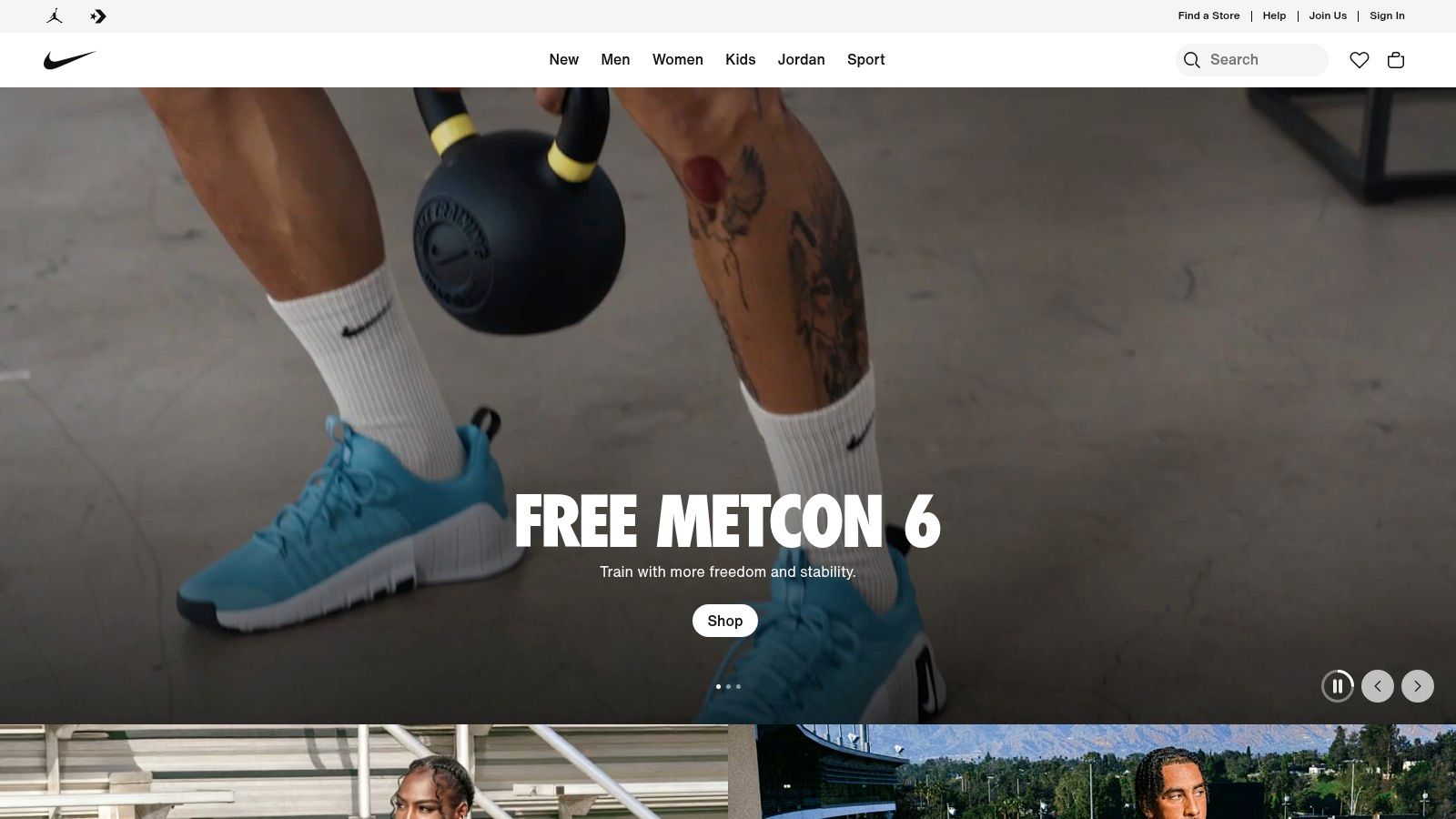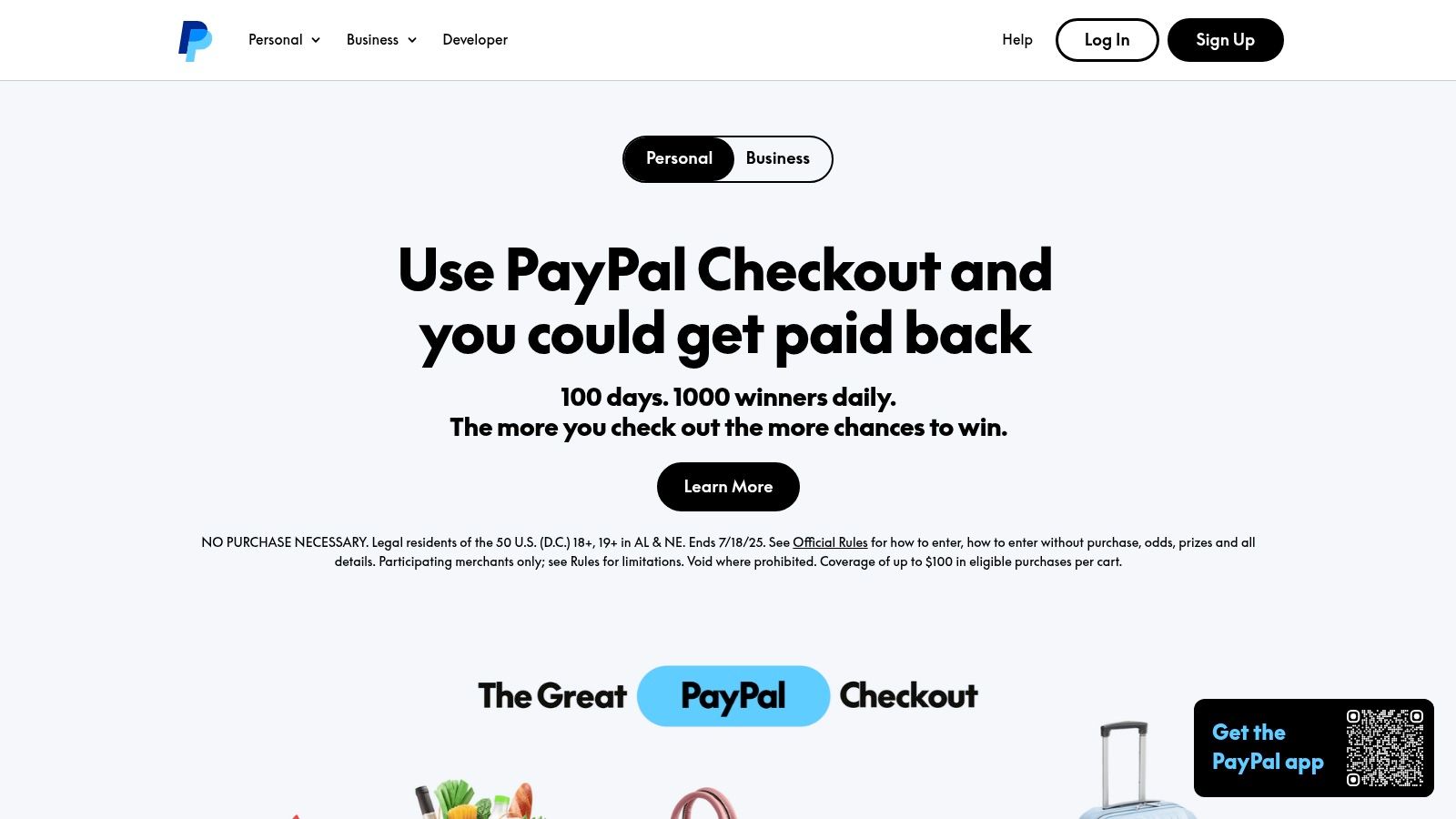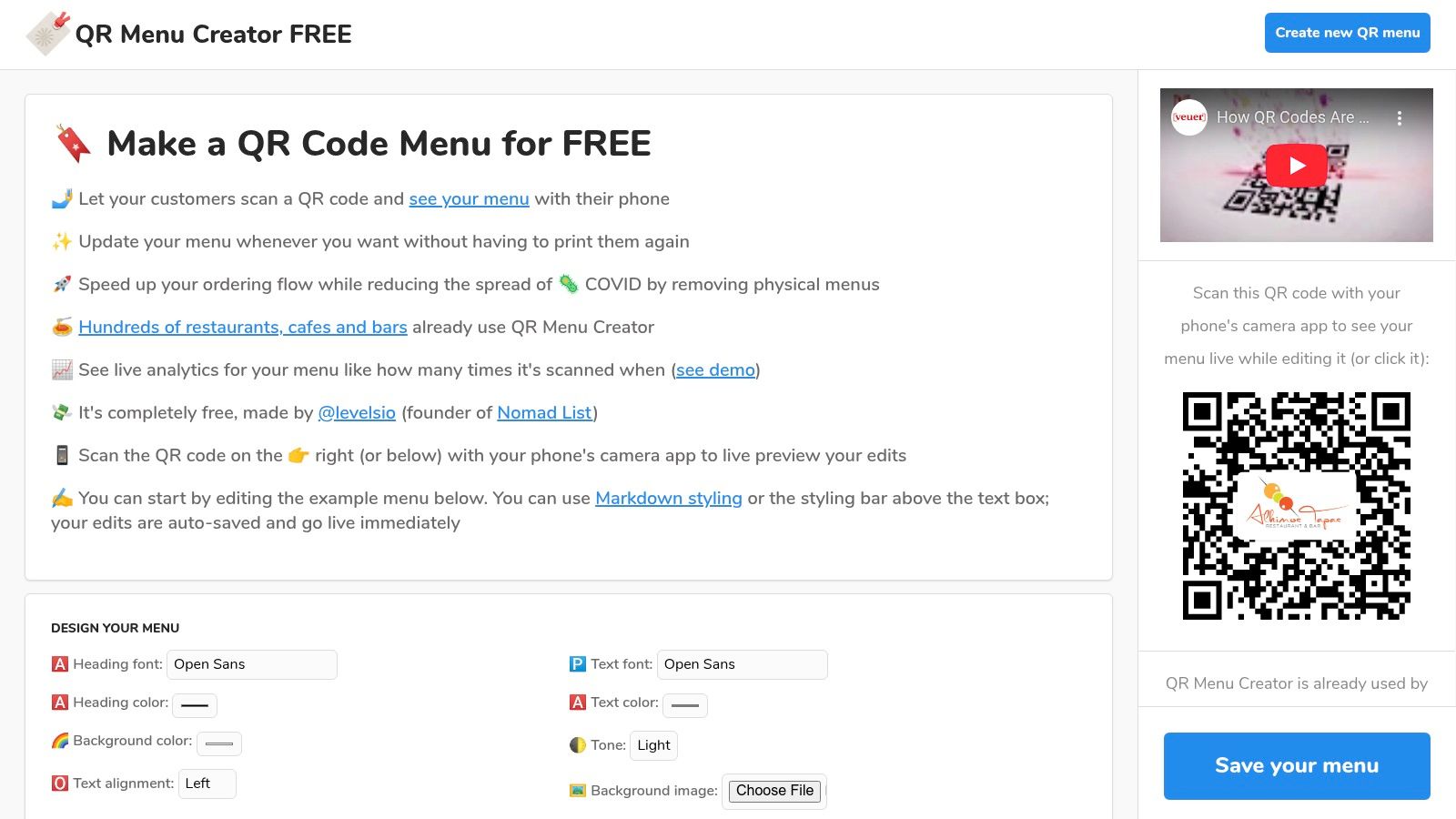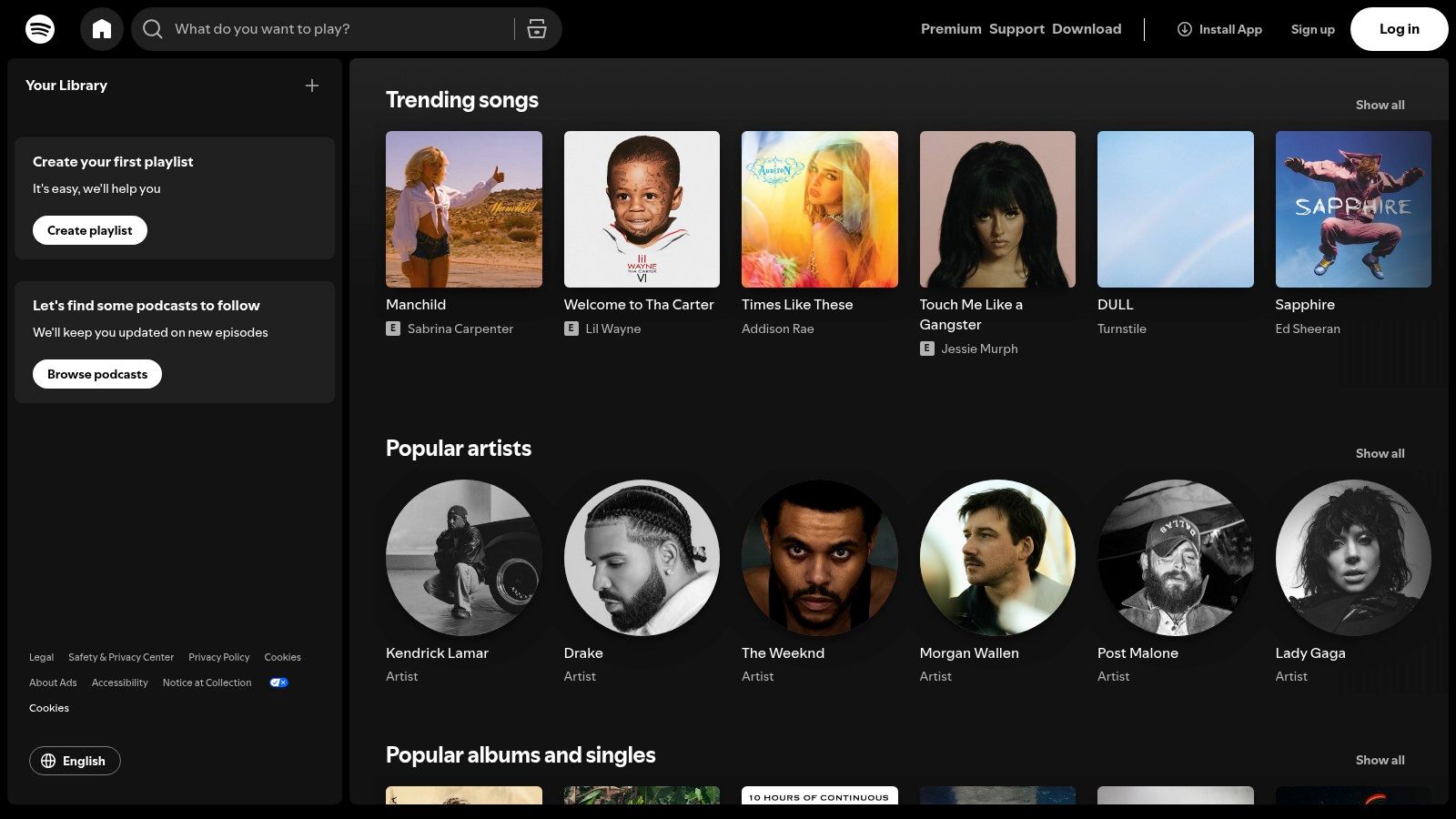How Businesses Are Using QR Codes: 8 Real-World Examples
June 8, 2025 (updated June 11, 2025)
QR codes are more than just black and white squares; they are a bridge connecting physical products and spaces to the digital world. But how are businesses actually using them to solve real problems and create value?
This article moves beyond the technical and showcases eight practical, real-world examples of QR code use cases. From fighting counterfeit products to making marketing interactive, you will see how brands like Nike, Coca-Cola, and PayPal use this technology to improve their operations and customer engagement. Get inspired to apply these strategies to your own business.
- 1. Making Printed Information Instantly Updateable
- 2. Fighting Counterfeits and Verifying Authenticity
- 3. Processing Instant, Contactless Payments
- 4. Creating Interactive Marketing on Product Packaging
- 5. Modernizing the Restaurant Dining Experience
- 6. Streamlining Customer Communication
- 7. Sharing Curated Media and Experiences
- 8. Creating and Managing QR Codes for General Use
- From Inspiration to Implementation
1. Making Printed Information Instantly Updateable
The Problem: You print 500 flyers for an event, but the schedule changes. A restaurant prints new menus, but a key ingredient suddenly becomes unavailable. A real estate agent puts up a sign, but the open house date is postponed. Printed information is static and expensive to replace.
The Real-World Solution: Dynamic QR codes. Unlike a static QR code that permanently links to one destination, a dynamic QR code's destination can be changed at any time, even after it's been printed.
A restaurant can place a single QR code on its tables. When the daily specials change, the staff updates the digital menu through an online dashboard. Customers scanning the same code will always see the most current information. This saves significant printing costs and operational hassle.
How to Implement This: Platforms like RecodeQR are designed specifically for this purpose. They provide a dashboard where you can create dynamic QR codes and update the linked content whenever needed. This is ideal for any information that is subject to change, such as event details, pricing, sales promotions, or contact information. These platforms also offer analytics to track how many people are scanning your codes.

2. Fighting Counterfeits and Verifying Authenticity
The Problem: In markets for high-value goods like luxury handbags, designer clothing, and limited-edition sneakers, counterfeiting is rampant. It damages brand reputation and cheats consumers.
The Real-World Solution: Nike tackles this by embedding QR codes into the tags and packaging of select premium products. When a customer scans the code with their smartphone, it connects to Nike's verification system and instantly confirms whether the product is authentic.
This system does more than just fight fakes. It enhances the customer experience by unlocking exclusive content, such as the design story behind the sneaker, care instructions, or access to the Nike members' app. It turns a simple purchase into a trusted, interactive experience.
How to Implement This: This requires a more complex system where each QR code is unique and tied to a product database. While a full anti-counterfeit system is a large undertaking, smaller brands can apply the same principle by linking a QR code to a webpage with detailed product information, serial numbers, or registration forms to build customer trust.

3. Processing Instant, Contactless Payments
The Problem: A small business, like a food truck or a stall at a farmers market, needs a quick and easy way to accept digital payments without investing in expensive point-of-sale hardware.
The Real-World Solution: QR code payment systems. PayPal offers one of the most widely used versions. A merchant can generate a QR code for their business. Customers simply scan the code with their PayPal app, enter the amount, and pay. The transaction is instant.
This method is fast, hygienic, and requires nothing more than a smartphone for the merchant to display the code. It's used everywhere from cafes to service businesses sending invoices with a scannable payment code.
How to Implement This: If you have a PayPal Business account, you can generate your payment QR code directly from the app. Other payment providers like Block (formerly Square) offer similar functionality. The key is to choose a platform that your target customers are likely to use.

4. Creating Interactive Marketing on Product Packaging
The Problem: A product's packaging is often just a container. How can a brand make it an engaging part of the customer experience?
The Real-World Solution: Coca-Cola's "Share a Coke" campaign used QR codes on its bottles to do just this. Scanning the code didn't just lead to a boring website; it launched interactive experiences. Customers could play games, get personalized messages, and enter contests to win prizes.
This strategy transformed the physical product into a portal for digital engagement, encouraging social media sharing and building a stronger connection with the brand.
How to Implement This: Think beyond just linking to your homepage. Use a QR code on your product to link to a "how-to" video, user-submitted photos, a fun filter for social media, or a contest entry form. The goal is to provide value and entertainment that deepens the customer relationship.
5. Modernizing the Restaurant Dining Experience
The Problem: Traditional paper menus can be unhygienic, costly to reprint when the menu changes, and offer a limited, static experience.
The Real-World Solution: The widespread adoption of QR code menus in restaurants, cafes, and bars. Patrons scan a code at their table and instantly view a digital menu on their own device.
Beyond just viewing the menu, many systems now integrate ordering and payment. This streamlines operations for the restaurant, reduces wait times for customers, and can increase table turnover. The digital format also allows for rich content like photos of every dish, ingredient lists, and allergen information.
How to Implement This: There are many specialized services like QR Menu Creator that help restaurants build and host digital menus. Some general-purpose QR code platforms also offer menu templates. When choosing, consider if you need features like integrated ordering, multi-language support, or customer analytics.

6. Streamlining Customer Communication
The Problem: A customer wants to ask a question. They have to find your website, navigate to the contact page, and find a phone number or email address. This friction can lose you a potential lead.
The Real-World Solution: The WhatsApp Business QR code feature. A business can place a QR code on a vehicle, a shop window, or a business card. When a customer scans it, a new conversation with the business is instantly opened in their WhatsApp app, often with a pre-filled greeting message.
This removes all the friction of initiating contact, making it incredibly easy for customers to get in touch.
How to Implement This: This feature is free within the WhatsApp Business app. Simply navigate to the Business Tools section to find and customize your QR code. It's a simple, no-cost way to improve customer service accessibility.

7. Sharing Curated Media and Experiences
The Problem: How do you share a digital experience, like a specific mood or piece of information, within a physical space?
The Real-World Solution: Spotify Codes are a perfect example. These scannable codes, unique to the Spotify platform, link directly to a song, album, or playlist. A coffee shop can print a code on its counter that links to its daily playlist. A musician can put a code on a concert poster that links to their latest album. A museum could place them next to exhibits to link to a curated audio guide or relevant music.
This enriches the physical environment by seamlessly connecting it to relevant digital media.
How to Implement This: This is specific to the Spotify app, but the principle is universal. You can create a QR code that links to any piece of online media - a YouTube video, a photo gallery, an article, or a sound file - to enhance a physical space or object.

8. Creating and Managing QR Codes for General Use
The Problem: A small business or marketer needs a simple, reliable way to create standard QR codes for various purposes - linking to their website from a flyer, sharing WiFi details, or putting a portfolio link on a business card.
The Real-World Solution: General-purpose QR code generators. Platforms like qr-code-generator.com provide a straightforward interface for creating codes for many different data types (URLs, text, vCards, etc.).
These tools often offer a free tier for creating basic static codes and paid plans for features like design customization (adding a logo or changing colors) and analytics to see how the codes are performing.
How to Implement This: For simple, one-off needs, a free generator can be sufficient. For business use, it's often worth considering a platform that allows for more branding and provides analytics to measure the return on your efforts.
From Inspiration to Implementation
As these examples show, a QR code is a versatile tool that can solve many different business problems. The key is to have a clear goal and to provide a valuable experience for the person who scans it.
- To increase flexibility and save costs, use dynamic QR codes.
- To build trust and security, use them for authentication.
- To improve efficiency, use them for payments and communication.
- To boost marketing, use them to create interactive experiences.
If your business needs the flexibility to change information after printing, track user engagement, and manage multiple codes from one dashboard, a dynamic QR code platform is the right solution.
Visit RecodeQR to see how dynamic QR codes can help you implement these strategies for your business.
Ready to create your QR code?
RecodeQR is the easiest way to create QR codes you can track and edit anytime.
Free 14-day trial. No credit card required.